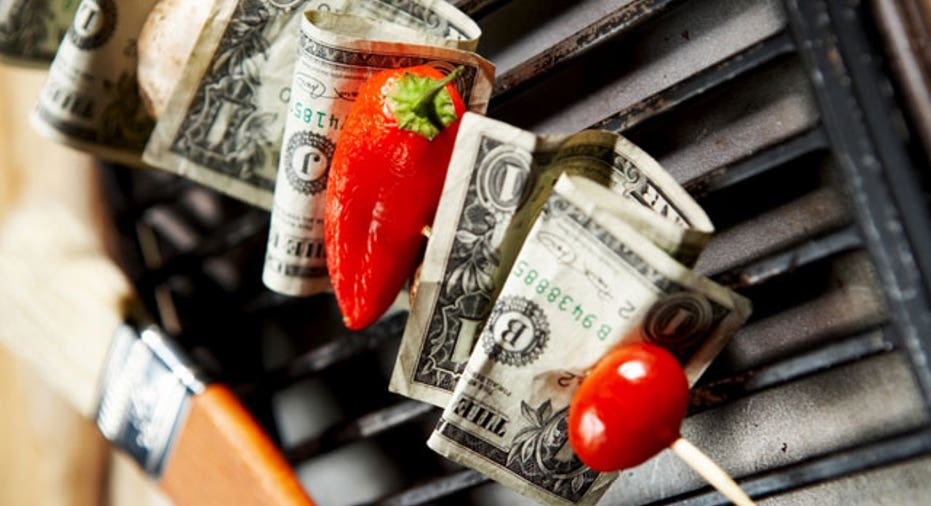The Next Great Threat: 5 Ways to Battle Inflation

As the U.S. deals with one pernicious threat, another one looms: Inflation.
Consumer prices, led by food and energy increases, are the highest they’ve been in two and a half years.
Forecasts can be distracting, so you need to avert your eyes from the headlines. Yes, I know gold hit $1,500 an ounce, silver hit $50 and the dollar was headed for the dungeon, but there’s a household impact you need to gauge first.
Depending upon whom you track, inflation is either on a huge upsurge or will be mild this year. The Leuthold Group sees consumer price hikes ranging from 3.5% to up to 8% this year. Those who savor metals and commodities see an even higher surge.
I’m not in the camp that thinks there’s going to be hyper-inflation (10%-plus) or even stagflation (higher prices, no economic growth). For the short term, at least, inflation may be under 3%. Yet even that modest rise in prices is something you should – and can – guard against.
The market sentiment on U.S. inflation is about a 2.6% increase in consumer prices. That’s the approximate spread between U.S. Treasury Bills and Treasury Inflation-Protected Securities (TIPS) maturing in 2021.
Let’s get personal about inflation first: If your income, housing, medical or transportation costs are directly driven by inflation, you need to pay close attention to price increases. You don’t want to be blindsided and lose purchasing power.
Shorten your bond maturities.
You don’t want to be in a long-term bond mutual fund if rates rise – you’ll lose principal. You can either switch to a short- or intermediate-term bond fund or offset interest-rate risk by buying TIPS. The Vanguard Inflation-Protected Securities Fund is a good choice. The iShares Barclays 1-3 Year Credit Bond fund invests in short-term bonds.
Profit from bank rate rises.
Don’t let rate increases punish your bond portfolio. Floating-rate mutual funds invests in bank loans that reset rates on a regular basis. The ING Floating Rate Fund tracks these loans.Metals are attractive, but commodity funds are better.
Precious metals are attractive during times when inflation is high or anticipated to be high. But don’t concentrate too much money in popular funds like the SPDR Gold Shares exchange-traded fund. You don’t want to be caught in another bubble. Invest in a broad selection of commodities from grains to copper. The Powershares DB Commodity Index Tracking Fund is a more diversified choice.Don’t forget foreign stock dividends.
As a portion of corporate earnings paid to shareholders, dividends are accounting for a larger share of stock returns. Over the past decade, dividends comprised more than 70% of the compounded annual growth of international stocks, according Standard & Poor’s. While dividends don’t track inflation directly, they can help you keep up with rising prices. The SPDR S&P International Dividend ETF is a good way of tracking these payouts.
Sweat the small stuff.
You can track higher savings returns by shopping around. I recently found a certificate of deposit that yielded 50% more than my local bank by checking sites such as www.bankrate.com. Even Google can find you better rates. You can also save some money by finding local gasoline stations with the lowest pump price. You name it – insurance, consumer goods, mutual funds – any number of online tools will help you find the lowest-cost product.
If you rely upon the government to track inflation for you, you’re going to be misled. Only you know how much inflation impacts your family and portfolio. Forget about the headlines and concentrate on your bottom line.